Did you know that complex behavior and intelligence developed on two very different evolutionary branches? In a fascinating book, Peter Godfrey-Smith* writes that the closest we will come to meeting an intelligent alien is an octopus. In a completely independent experiment from the intelligence that evolved in humans, octopuses have the brain power to use tools, solve puzzles, and explore objects simply out of curiosity (no food rewards attached, as in the typical “is this edible?” explorations). The octopus is an invertebrate of all things – a subgroup of mollusks known as cephalopods. Their close relatives are clams and snails – far from being the sharpest tools in the tool chest, or the cousins you’d want to brag about.
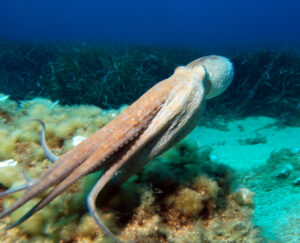
Measures of the intelligence of octopuses include their ability to adapt to unusual circumstances. This includes confinement in a laboratory, where they appear to understand that they are inside a special place and other creatures are outside. Some develop a habit of squirting water at certain investigators who come near their tanks. In at least a couple of cases, octopuses learned to turn off the lights in their lab by shooting jets of water at the bulbs, thereby short-circuiting the power supply. And they don’t necessarily cooperate with researchers who are trying to test their intelligence. Perhaps they simply aren’t motivated to complete a particular task, nor do they crave the second rate foods that are doled out as rewards. (Thawed-out shrimp? Blech – tasteless!). Squirting water at the experimenters, or concentrating on dragging down the lights or other equipment mounted near their tank, are much more interesting pursuits.
They also can use objects in novel ways. Researchers in Indonesia in 2009 found octopuses in the wild carrying around coconut shells that had been cut in half neatly and then discarded by humans. After nesting two halves together, an octopus will carry the coconut shells across the seafloor, then assemble the halves into a sphere around itself – effectively creating a portable home. Assembling, dissembling, and transporting a “compound object” in anticipation of future use is an extremely rare animal behavior. Check out a few YouTube videos with the search terms: octopus with coconut shells.
To find the most recent ancestor we had in common with the octopus, we need to go back to a worm-like creature 600 million years ago. The evolutionary line leading to the octopus contains spiders, beetles, moths, and oysters – all with small nervous systems except for the cephalopods. The development of the large brain and complex nervous system of the octopuses developed along a completely different trajectory than those in humans. Fascinating!
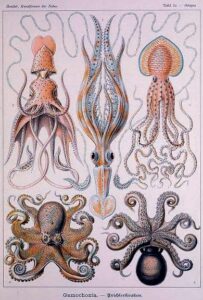
* Godfrey-Smith, Peter, 2016, Other Minds – the Octopus, the Sea, and the Deep Origins of Consciousness; Farrar, Straus, and Giroux, New York
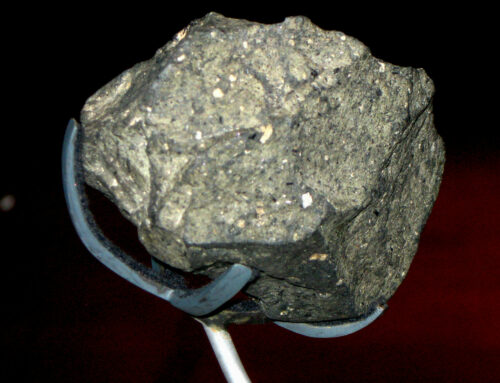
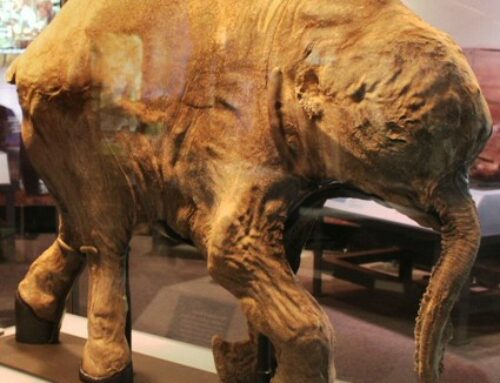


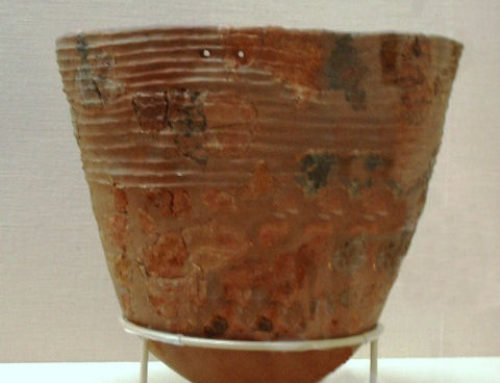
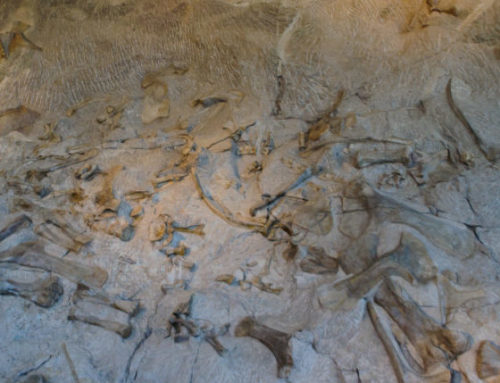
So Stanley Keleman and neurologist Frank R Wilson both believed that the human hand with opposing thumbs essentially taught the human cortex about the world, and in so doing, supported its increase in size relative to other animals. In keeping with this, I can’t help wondering whether the octopuses numerous arms and related tactile capacity also supported the development of their intelligence. I have long considered these animals among my *totems*, therefore always love learning more about them.
Very interesting info, Diana — thanks! Definitely something to think about. AND — I will publish another blog post soon with more about the fascinating (and intelligent) cephalopods — specifically squid and cuttlefish.